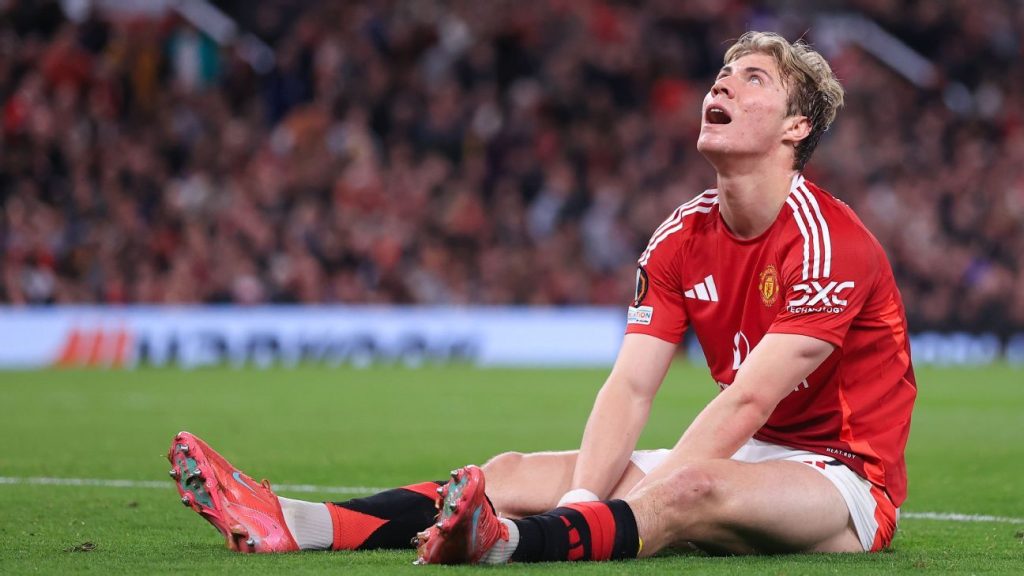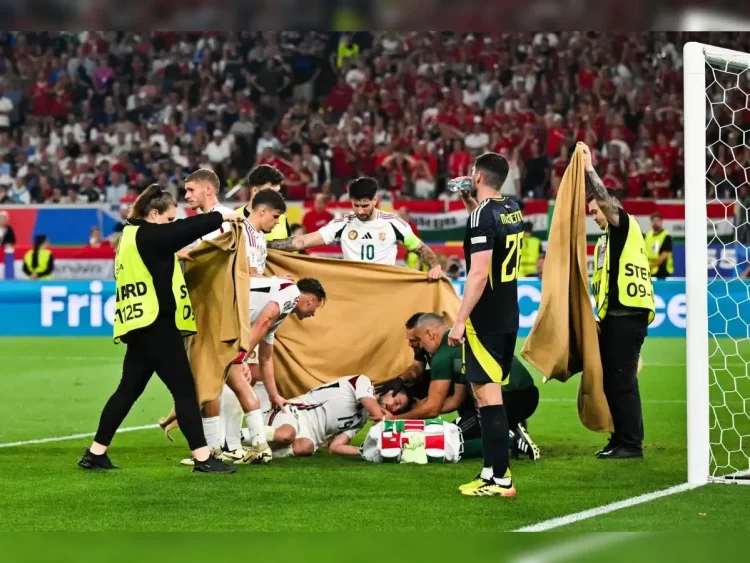In recent years, head injuries in football have become a critical topic, with growing awareness of concussion risks and their long-term impact on player health. FIFA, as the governing body of global football, has introduced head injury protocols (HIPs) to manage player safety, but these measures are now under intense legal scrutiny. Emerging leaks of concussion substitute data, escalating class action lawsuits, and the tension between evolving technology and the sport’s traditional practices have collectively placed FIFA in the eye of an unprecedented legal storm. This article explores the multi-faceted legal challenges FIFA faces around head injury protocols, analyzing the core issues behind the disputes and their broader implications for the sport.
New Concussion Substitute Data Leaks
One of the most explosive developments involves leaked data related to concussion substitutes. FIFA introduced concussion substitutes as a safety measure allowing teams to replace players suspected of having a head injury without tactical disadvantage. However, recent leaks revealed inconsistencies in how these protocols were applied across competitions and raised questions about the transparency of data collection and reporting.
Insiders and whistleblowers have alleged that certain matches saw concussion substitutes used inconsistently or even ignored despite clear head injury signs, fueling concerns that FIFA prioritized game flow over player health. The leaked data, made public by investigative journalists and player advocacy groups, shows discrepancies in timing, medical assessment thoroughness, and substitution approvals.
This breach of confidential medical data not only jeopardizes player privacy but also opens FIFA to accusations of negligence and mismanagement. The revelations have intensified calls for independent oversight of concussion protocols, pushing FIFA to reassess its internal compliance mechanisms. The legal fallout from these leaks is extensive, with affected players and their representatives exploring grounds for damages based on improper head injury handling.
Class Action Lawsuit Developments
The legal ramifications extend beyond data leaks, as class action lawsuits emerge globally against FIFA and affiliated football bodies. Former and current players from various leagues have united in legal challenges alleging that inadequate head injury protocols led to avoidable brain damage, cognitive decline, and other severe neurological conditions.
These lawsuits highlight several critical failings: delayed or insufficient medical assessments, pressure on medical teams to minimize stoppages, and lack of standardized protocols across competitions. Claimants argue that FIFA’s failure to enforce uniform head injury guidelines and adequately protect players constitutes negligence and breaches of duty of care.
The cases draw on medical research linking repeated concussions and sub-concussive impacts to chronic traumatic encephalopathy (CTE) and other debilitating diseases. They seek compensation for medical costs, lost earnings, and emotional distress. The legal landscape is complicated by varying jurisdictions, but the unified player front signals a paradigm shift in accountability within football governance.
FIFA has responded by reaffirming its commitment to player safety and upgrading HIPs but faces pressure to settle claims or risk prolonged, costly litigation. These lawsuits also spur wider discussions on player welfare reforms and potential regulatory interventions beyond football’s traditional self-governance.
Technology vs. Tradition Conflicts
At the heart of FIFA’s head injury protocol challenges is the inherent conflict between technological advancements and football’s cultural traditions. Modern technology offers sophisticated tools for concussion detection, such as real-time brain monitoring, AI-based injury assessments, and enhanced video review systems. These innovations promise improved player safety but often clash with the sport’s established pace, fan expectations, and officials’ judgment.
Football’s global appeal partly hinges on continuous play and minimal interruptions, creating resistance to frequent concussion evaluations that could slow the game. Moreover, traditionalist voices within the sport argue that excessive reliance on technology undermines the human element of refereeing and medical decision-making.

FIFA’s struggle to balance these competing interests complicates protocol enforcement. Resistance from clubs, broadcasters, and even some players has slowed adoption of cutting-edge concussion technologies. This push-and-pull dynamic complicates legal accountability, as any failure to implement best practices in concussion management becomes a potential liability.
The tension also manifests in governance disputes, where stakeholders debate how much power should be vested in medical teams versus referees and how transparent HIP decisions should be. As technology evolves rapidly, FIFA must navigate legal, ethical, and cultural challenges simultaneously.
Broader Implications for Football
FIFA’s legal challenges over head injury protocols underscore a transformative moment for football’s future. They highlight the urgent need to prioritize player health amid growing scientific evidence of concussion dangers. Beyond litigation, these issues spark broader reforms in medical standards, player education, and regulatory oversight.
The sport faces mounting pressure to standardize concussion protocols globally, ensuring consistent application across leagues and tournaments. Independent monitoring bodies may emerge to verify compliance and protect player rights. In addition, enhanced transparency regarding injury data and medical decisions is becoming a non-negotiable demand.
The legal disputes also affect football’s commercial ecosystem. Sponsors and broadcasters increasingly prioritize ethical governance and player welfare, linking reputational risk to health controversies. Clubs may be incentivized to invest more in concussion prevention and rehabilitation to mitigate legal exposure.
Finally, the growing awareness and legal scrutiny around head injuries are shifting fan attitudes. Supporters demand safer play and better protections for athletes, influencing how football evolves on and off the pitch. FIFA’s ability to adapt to these demands will determine not only its legal standing but also football’s cultural and economic vitality.
Conclusion
FIFA’s unprecedented legal challenges over head injury protocols stem from a complex interplay of leaked concussion data, rising class action lawsuits, and the uneasy balance between technological progress and football’s traditions. These issues expose vulnerabilities in football’s approach to player safety, demanding swift and transparent reforms. As legal battles unfold, FIFA must demonstrate leadership by embracing innovation, enforcing consistent standards, and putting player welfare at the core of its governance. The outcomes will reverberate across the sport, shaping how football protects its most valuable asset—its players—in the years ahead.


































Discussion about this post